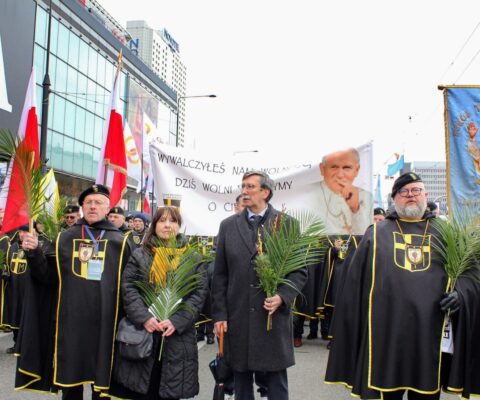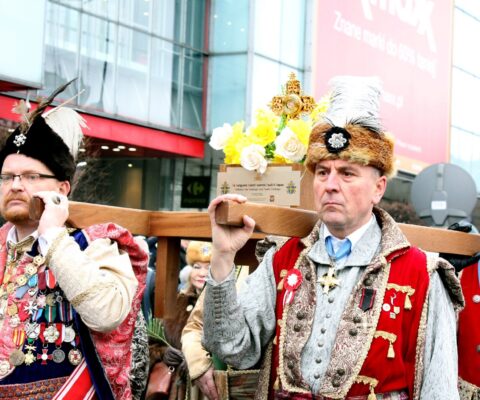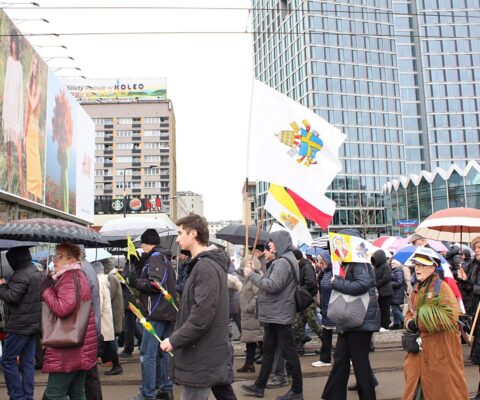According to the organizers’ estimates, hundreds thousands people gathered for the Papal Marches held in Poland and abroad to mark the 18th anniversary of the death of St. John Paul II. The largest event took place in Warsaw, with tens of thousands people turning out in the centre of the capital. The organisers of the Papal Marches emphasise that these events are a testimony of attachment to and pride in the life of St. John Paul II. At the same time, they are meant to counter the attempts to undermine the sanctity and merits of the Polish Pope.
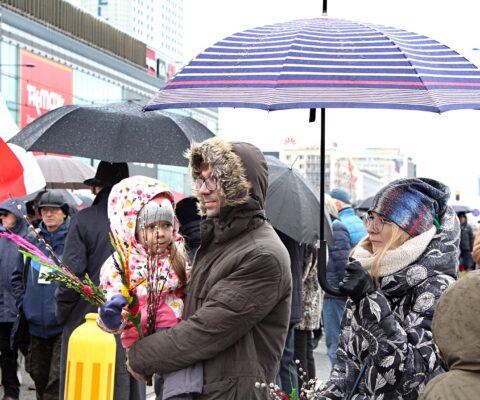
Photo: Family News Service
“By participating in the March, let us thank John Paul II, the great Pole, for thelegacy of love and faith he left to future generations,” wrote the organisers of the Papal March in Bialystok, in the east of Poland. Rallies known as National Papal Marches were organised in Warsaw, Szczecin and Krakow; the future Pope was for decades connected with this last city, first as a student, then as a priest and bishop.
Małgorzata Żaryn, who organised the Papal March in Warsaw, stressed that it was intended as an expression of unity and not as an element of polarisation. “We are concerned with restoring the figure and teaching of the Polish Pope to our community and restoring our community to us through him,” pointed out Żaryn.
“We will take every effort to show that the Polish Pope is an important figure for many of us. We are grateful to him for how much he has done for the Church in Krakow and for the universal Church, for Poland and the world, as well as for each and every one of us,” points out the Archdiocese of Krakow on its website. The march in Krakow is referred to as a “white march.”
“I highly cherish John Paul II, his teaching, his charisma, and his power of influence. All of this meant that I did not need to think twice. Coming here was a decision of the heart in defence of a moral authority,” said actor Marcin Kwaśny about his participation in the march.
The participants held crosses, national and papal flags as well as numerous portraits of St. John Paul II. Holy Masses were celebrated at the end of many of the marches.
Furthermore, many locations will hold evening prayers in honour of the Pope, who passed on 2 April 2005 at 9:37 pm. A special event was planned in Wadowice, the Pope’s hometown. A performance titled “No One Else Can Stand In Your Place” will recall the major events, texts and homilies of St. John Paul II.
“Pope John Paul II said that everyone has his own Westerplatte, that is, his last outpost, his last line of defence, from which one cannot retreat. I have the impression that today both my Westerplatte and that of many Poles have been attacked. We must not retreat from this line of defence. We must stand and hold here to the end,” said a TV journalist Rafał Patyra, who voiced his opposition to the most recent publications on John Paul II.
Many of the participants of the marches also stressed their disagreement with the accusations alleging that Cardinal Wojtyła did not react adequately to the protection of children and young people when he was Archbishop Metropolitan of Krakow. These reports have been questioned by numerous historians and publicists, who pointed out that their authors relied uncritically on unreliable or even falsified files of the communist security services. The communist authorities in the People’s Republic of Poland, hostile to the Church, never used these denunciations to attack Karol Wojtyła, a popular Church leader who was inconvenient for the communist system in Poland.
Photos: Family News Service
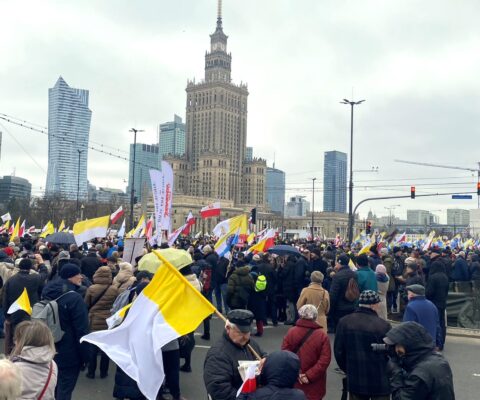
fot. Family News Service
